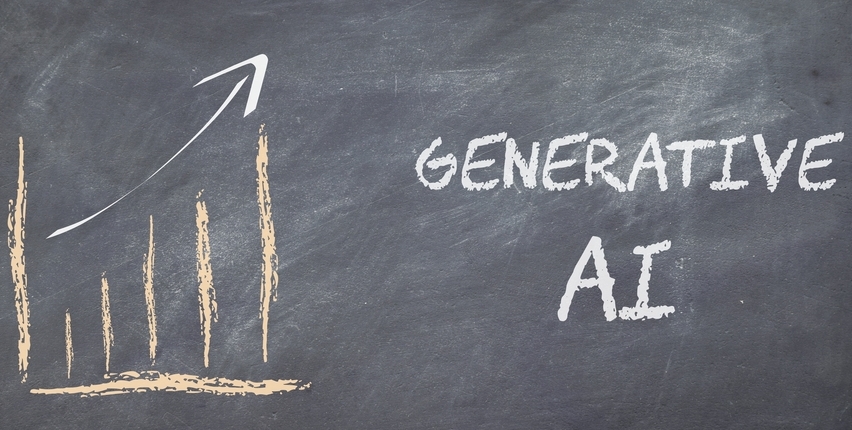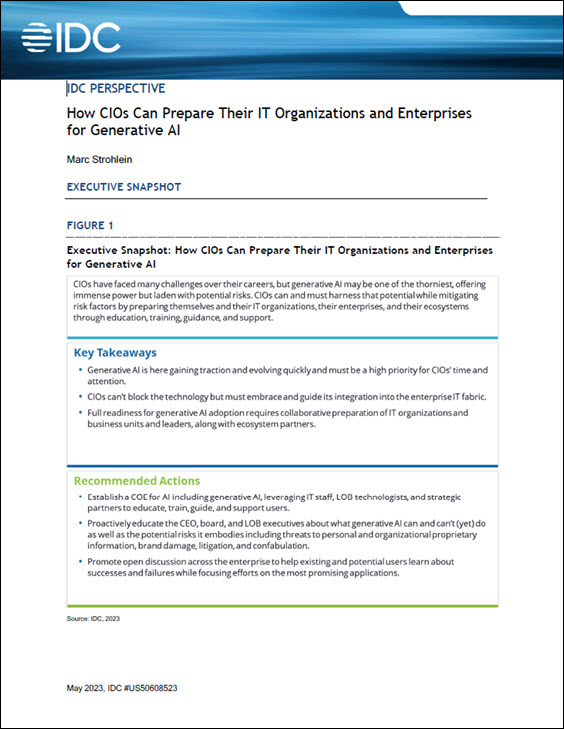Sponsored Post
Many of the hottest modern infrastructure projects are powered by the Go programming language, including Kubernetes, Docker, Consul, etcd, and many more. Go is turning into a go to language for devops, web servers, and microservices. It is easy to learn, easy to deploy, fast, and has a great set of tools for developers. Go is an open source programming language that makes it easy to build simple, reliable, and efficient software.
But as businesses become more data driven, there is a need to integrate computationally intensive algorithms at every level of a company’s infrastructure, including those levels where Go is playing a role. Thus, it’s natural to ask how we might integrate things like machine learning, distributed data transformation, and online data analysis into our blossoming Go-based systems.
One route to providing robust, performant, and scalable data processing within Go is to utilize the Intel® Data Analytics Acceleration Library (Intel® DAAL) within Go programs. This library already provides batch, online, and distributed algorithms for a host of useful tasks such as the following:

Because Go provides a nice way to interface with C/C++, you can pull this functionality into your Go programs without too much trouble. In doing so, you can take advantage of Intel’s optimizations of these libraries for their architectures right out of the box. Intel DAAL can be up to seven times faster than Spark plus MLlib for certain operations, like principal component analysis (PCA) for dimensionality reduction. You can create Go programs and packages that utilize any of the Intel DAAL implemented algorithms. That means you can implement batch, online, and distributed neural networks, clustering, boostings, collaborative filtering, and much more right there in your Go applications.
[clickToTweet tweet=”Create Go programs and packages that utilize any of the Intel DAAL implemented algorithms for big data.” quote=”You can create Go programs and packages that utilize any of the Intel DAAL implemented algorithms.”]
In order to get started, you can by following the various guides in the Intel DAAL docs – including Getting Started Guide, Developer Guide, and Developer Guide and Reference.
“Get Your Free Download of DAAL Now”
* Third Party trademarks are the property of their respective owners.



